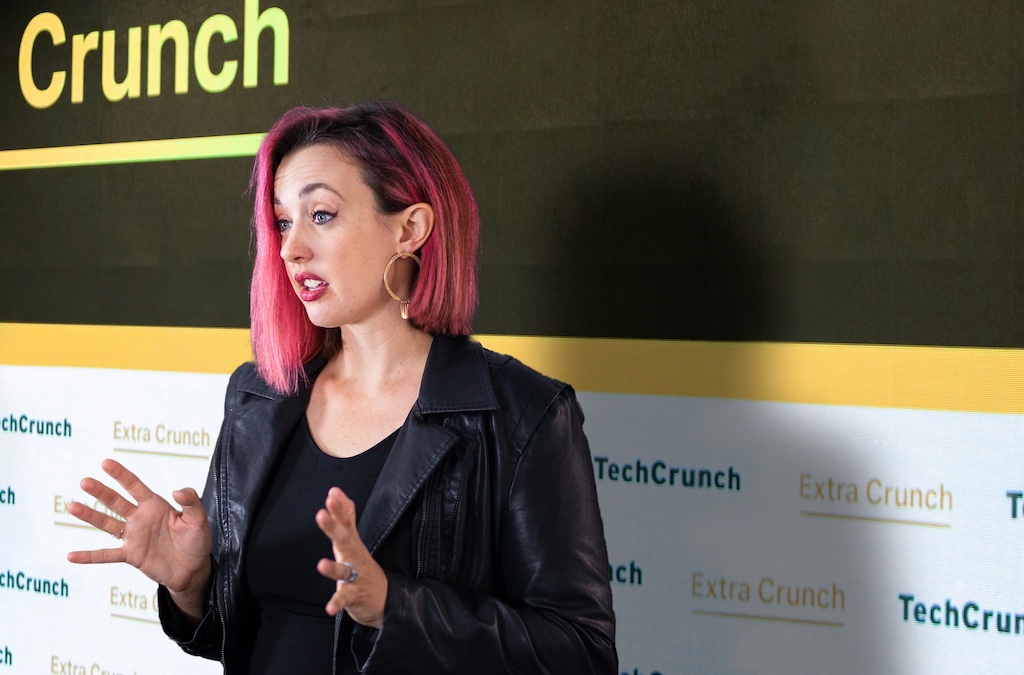- September 13, 2021
- by:
- in: Blog
Instagram confirmed it’s developing a new feature called “Favorites,” which would allow users to select certain accounts whose posts they would like to see higher in their feed. A similar feature already exists on Facebook where it gives users a bit more control over the News Feed algorithm. On Facebook, users can select up to
Instagram confirmed it’s developing a new feature called “Favorites,” which would allow users to select certain accounts whose posts they would like to see higher in their feed. A similar feature already exists on Facebook where it gives users a bit more control over the News Feed algorithm. On Facebook, users can select up to 30 friends or Facebook Pages whose posts get shown higher in the News Feed. It’s unclear what limit an Instagram Favorites feature would have, however.
The Instagram Favorites feature was recently spotted in development by reverse engineer Alessandro Paluzzi, who found a new pushpin icon for Favorites in the Instagram Settings menu, and other details about how the feature may work.
According to screenshots Paluzzi posted on Twitter, users will be able to search across the Instagram accounts they are currently following to create a list of Favorites. This list can be edited at any time, and Instagram notes that users would not be notified when they’re added to someone’s Favorites.
This is a similar level of privacy as offered by Instagram’s several years-old “Close Friends” feature, which instead focuses on allowing users to create a separate list of followers so they can share their more private and personal Instagram Stories with a select group of their own choosing.
Paluzzi tells us he was able to add contacts to the Favorites list, but didn’t yet notice any changes to the Instagram feed after doing so. That implies the feature is still being built and a launch is not imminent.
“This feature is an internal prototype that’s still in development, and not testing externally,” an Instagram spokesperson told TechCrunch. They declined to share any other specifics about the feature.
A Favorites feature could play into Instagram’s larger plans to better establish itself as a home for creator content. In other leaks, Paluzzi had also found the company was building out “Fan Subscriptions,” which would allow users to pay for elevated access to creator content — like exclusive live videos or Stories, for example. Paid subscribers may also be given a special badge that would highlight their name when they commented, DM’ed, or viewed the creator’s Stories.
Given that users who were paying for content would not want to miss a moment, it would make sense to give them tools to designate those creators as “Favorites” whose posts were also more highly ranked in their Feed.
A Favorites feature could also be useful to those who had taken a break from Instagram and would rather see the important photos and videos they missed from favorite accounts upon their return, rather than just the most recent or interesting updates from across all of the accounts they follow.
And while not likely the main goal, the new feature could help to address users’ complaints about the algorithmic feed in general.
Today, there are still a number of people who want to be able to see Instagram posts in chronological order, preferring to not have posts re-ordered by an algorithm they can’t control. Favorites wouldn’t give in to this demand (though Instagram has tested a chronological feed in the past). But it would at least give users the ability to ensure they weren’t missing the posts from those whose updates they wanted to see the most.
Though Instagram did say it’s working on the development of Favorites, it doesn’t necessarily mean such a feature will launch to the public. Companies of Instagram’s size often prototype new ideas, but only some of those tests make it to a general release.







 Posts from your favorites are shown higher in feed.
Posts from your favorites are shown higher in feed. 
